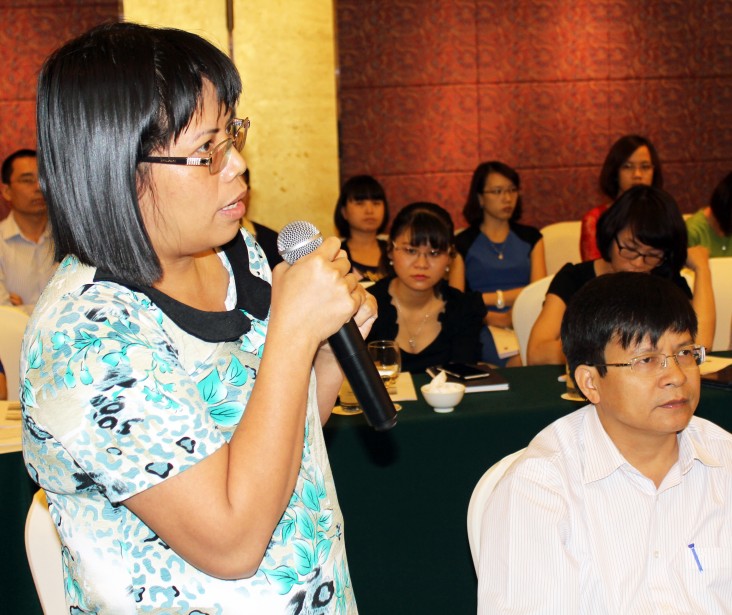
May 2017—Leading the Customs and Logistics Department at automotive company Ford Vietnam can be a demanding job. Along with the usual pressures that come with such a challenging role, Nguyen Anh Tuyet had to face frustrating inconsistencies in customs procedures, and excessive amounts of red tape.
“We had to process customs declaration forms at 11 separate ports, which resulted in multiple address and payment mistakes as well as significant delays,” said Tuyet, describing a typical example.
These issues were not just affecting Ford Vietnam, but were increasing costs for thousands of businesses across the country. The situation was borne out by the World Bank’s 2016 Doing Business indicators, which ranked Vietnam 108 out of 190 countries in its performance on the indicator “trading across borders.”
As a result, the General Department of Vietnam Customs has made determined efforts in the past year to cut red tape and simplify procedures, including working with USAID to strengthen consultations between the government and the business community to revise burdensome regulations. The consultations allow businesses to share their experiences and ideas.
According to Au Anh Tuan, deputy director of the agency’s Customs Control and Supervision Department, the consultation process has begun to bear fruit: “With USAID support, we have worked closely with businesses to simplify customs procedures and reduce clearance times.”
Tuyet agrees: “Not only my company, but thousands of others have benefited from the growing transparency of the customs sector.”
These improvements have been confirmed by the World Bank’s latest Doing Business report, which saw Vietnam jump 15 places—from 108 in 2016, to 93 in 2017. Vietnam now ranks fourth among the ASEAN countries for the indicator “trading across borders,” behind Singapore, Thailand and Malaysia.
“The Vietnamese business environment in 2017 has improved the most since 2007 as a result of our collective and tireless efforts. Yet, Vietnam still plans to go further,” said Tuan.
With the World Trade Organization’s Trade Facilitation Agreement coming into force in February 2017, consultations with the business community have become more important than ever. As Vietnam continues to integrate into the global economy and reduce barriers to trade and investment, the government’s engagement with the private sector will be vital.
USAID’s Governance for Inclusive Growth (GIG) program works with the Government of Vietnam to support trade, legal and regulatory reforms, governance, and inclusive economic growth. The program, which runs from 2013 to 2018, is implemented by Chemonics International.
LINKS
Follow @USAIDVietnam, on Facebook, on Flickr, on YouTube







Comment
Make a general inquiry or suggest an improvement.